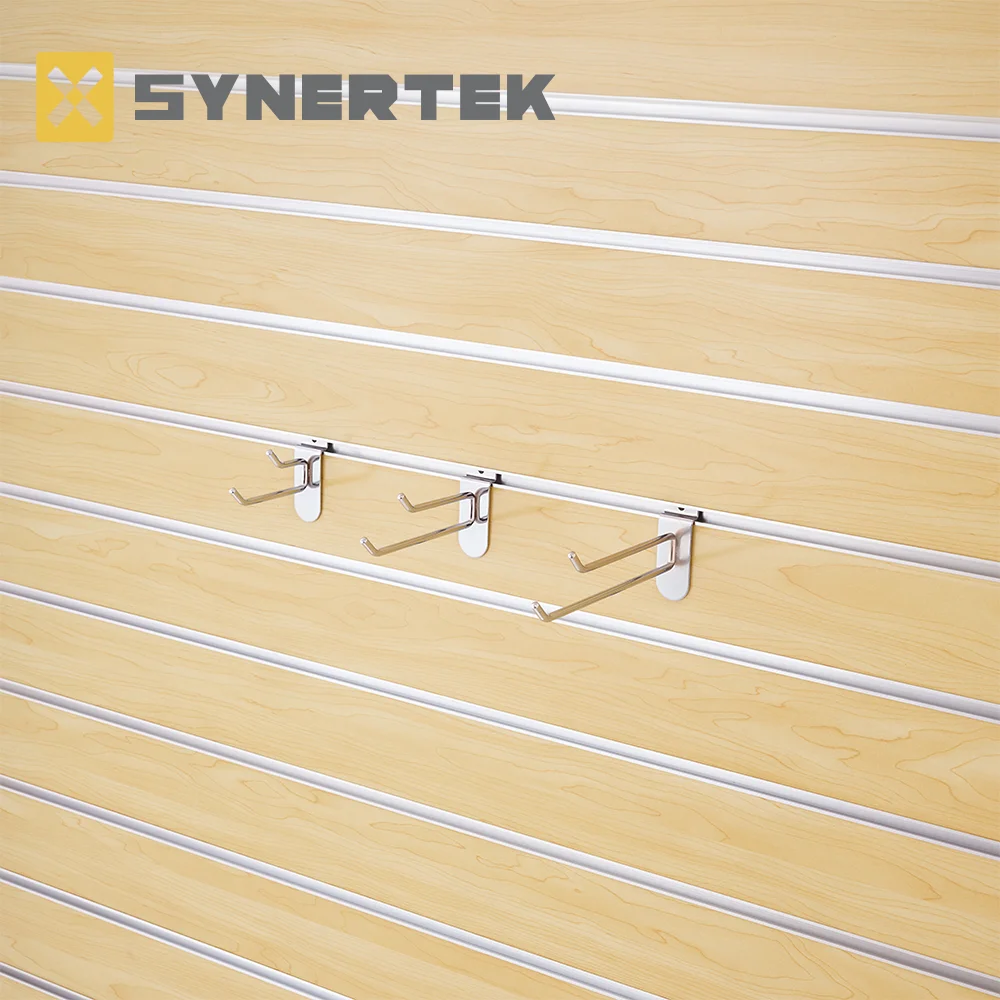Plywood is often hailed as a versatile and cost-effective material in construction and woodworking. Its layered structure provides strength and stability, making it a popular choice for a variety of applications, from furniture to flooring. However, there are specific scenarios where using plywood may not be the best option. This article delves into the nuances of plywood usage, highlighting situations where alternative materials might be more suitable.
- High Moisture Environments
One of the primary drawbacks of standard plywood is its susceptibility to moisture. While marine-grade plywood is designed to withstand wet conditions, most types of plywood can warp, swell, or delaminate when exposed to high humidity or direct water contact. Therefore, in environments such as bathrooms, kitchens, or outdoor settings, it is advisable to consider alternatives like:
- Marine Plywood: Specifically treated to resist moisture, making it suitable for boats and outdoor furniture.
- Composite Materials: Options like PVC or fiberglass can offer superior water resistance without the risk of deterioration.
- Structural Applications with High Load Requirements
Plywood is often used in structural applications due to its strength-to-weight ratio. However, in scenarios where high load-bearing capacity is essential, such as in beams or heavy-duty flooring, plywood may not always be the best choice. Alternatives include:
- Solid Wood: For applications requiring high strength, solid wood can provide superior load-bearing capabilities.
- Engineered Wood Products: Laminated veneer lumber (LVL) or glulam beams are designed for structural integrity and can handle significant loads without the risk of failure.
- Aesthetic Considerations
While plywood can be finished to look attractive, it often lacks the natural beauty and grain patterns found in solid wood. In projects where aesthetics are paramount, such as fine furniture or cabinetry, consider using:
- Solid Hardwood: Offers a rich appearance and can be stained or finished to enhance its natural beauty.
- Veneered Panels: Provide the look of solid wood while being more cost-effective and stable than solid wood.
- Fire Safety Regulations
In certain applications, particularly in commercial buildings, fire safety regulations may dictate the use of non-combustible materials. Standard plywood does not meet these requirements and can pose a fire hazard. In such cases, consider:
- Steel or Concrete: These materials are non-combustible and can provide the necessary fire resistance.
- Fire-Rated Gypsum Board: Often used in walls and ceilings to enhance fire safety without compromising structural integrity.
- Sustainability Concerns
With increasing awareness of environmental issues, the sustainability of materials is a growing concern. Plywood, particularly if sourced from unsustainable forests, can contribute to deforestation and habitat loss. In projects where sustainability is a priority, consider:
- Reclaimed Wood: Offers a unique aesthetic while promoting recycling and reducing waste.
- Bamboo: A rapidly renewable resource that can serve as a sustainable alternative to plywood in many applications.
- Precision and Detail Work
For intricate projects requiring precision, such as cabinetry or detailed joinery, plywood may not provide the level of accuracy needed. Its layered construction can lead to inconsistencies in thickness and finish. Alternatives include:
- MDF (Medium Density Fiberboard): Offers a smooth surface ideal for painting and detailed work, with consistent thickness.
- Solid Wood: Allows for precise cuts and joinery, making it suitable for high-detail projects.
Conclusion
While plywood is a valuable material in many contexts, understanding when not to use it is crucial for achieving the best results in your projects. By considering the specific requirements of your application—be it moisture resistance, structural integrity, aesthetics, fire safety, sustainability, or precision—you can make informed decisions that lead to successful outcomes. Always evaluate your project needs carefully and explore alternative materials that may better suit your objectives. In doing so, you not only enhance the quality of your work but also contribute to more sustainable and responsible building practices.



